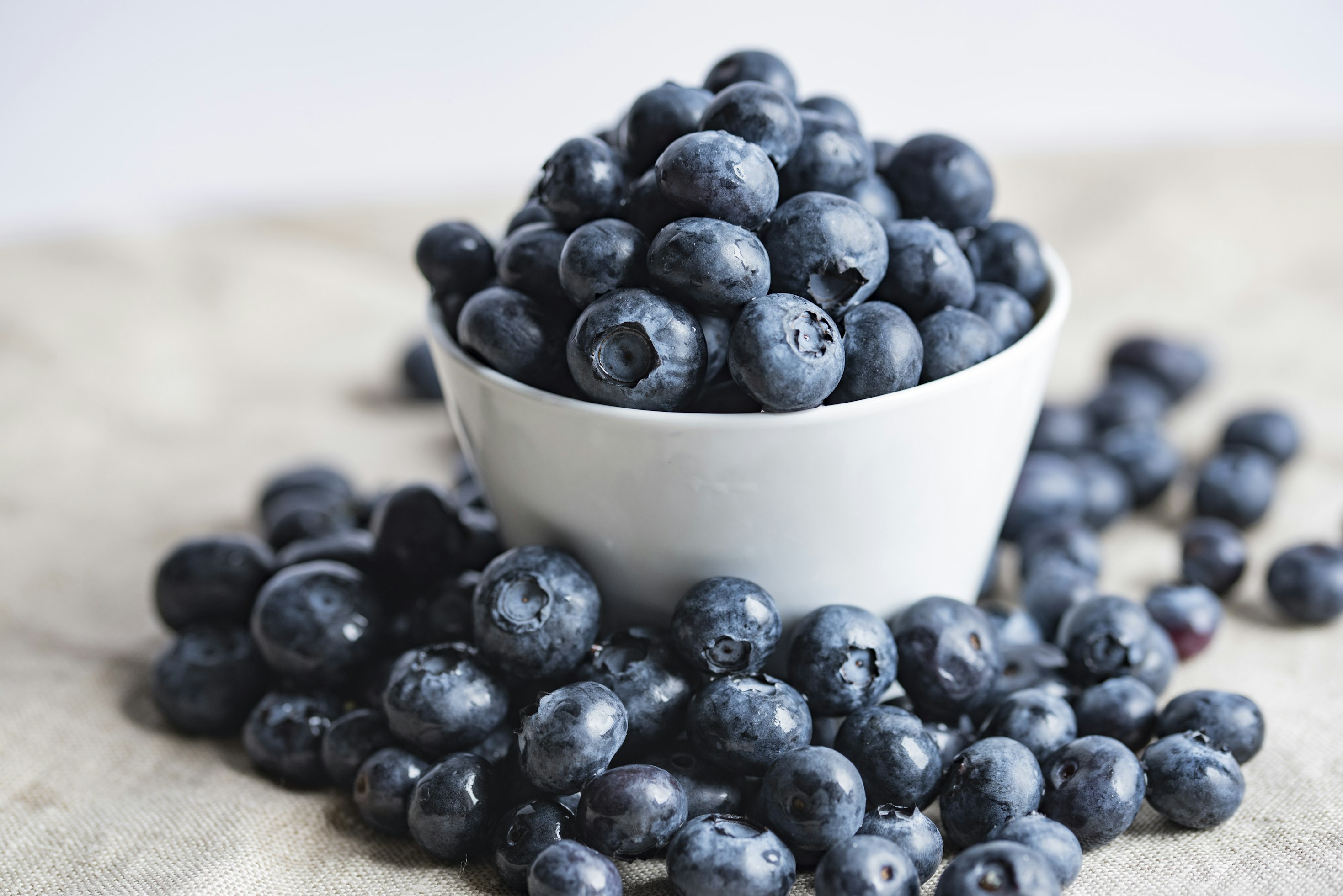Pesticides in Produce: Shopper’s Guide Lists Most and Least Contaminated Fruits, Vegetables

“A very depressing – and alarming – report on pesticide food contamination.
NOTE: this article was originally published to TheEpochTimes.com on March 19, 2023.
The Environmental Working Group (EWG), a nonprofit environmental health organization, released the 2023 Shopper’s Guide to Pesticides in Produce on Wednesday.
The research revealed that almost 75 percent of non-organic fresh produce sold nationwide contains residues of potentially harmful pesticides.
The EWG’s analysis is based on data from 46,569 samples of 46 fruits and vegetables conducted by the U.S. Department of Agriculture.
The EWG uses the data to create two lists: the “Dirty Dozen” includes the fruits and vegetables that are most contaminated with pesticides, and the “Clean Fifteen” consist of produce with the lowest levels of contamination.
The idea is to help consumers make informed produce choices at the grocery store.
EWG’s Dirty Dozen
Each year, a rotating list of produce is tested by USDA staffers who wash, peel, or scrub fruits and vegetables as consumers would before the food is examined for 251 different pesticides.
This year, blueberries and green beans have joined the list of produce with the most pesticides, while strawberries and spinach continue to hold the top two spots on the Dirty Dozen.
2023 Dirty Dozen
- Strawberries
- Spinach
- Kale, Collard, and Mustard Greens
- Peaches
- Pears
- Nectarines
- Apples
- Grapes
- Bell and Hot Peppers
- Cherries
- Blueberries
- Green Beans
According to the report, a total of 210 pesticides were found on the 12 foods. Kale, collard greens, and mustard greens had up to 103 different pesticides on them, the most of any crop, followed by hot and bell peppers at 101.
For blueberries, about 80 percent of samples tested contained two or more pesticides; and on green beans, the EWG detected 84 different pesticides.
Additionally, several samples of green beans had residues of the toxic pesticide acephate, which the EPA banned more than 10 years ago from use on green beans grown for food, according to the report.
“Some of the USDA’s tests show traces of pesticides long since banned by the Environmental Protection Agency. Much stricter federal regulation and oversight of these chemicals is needed,” the report said.
Experts say that exposure to food with pesticides can be harmful, especially for children and pregnant women.
“Pesticide exposure during pregnancy may lead to an increased risk of birth defects, low birth weight, and fetal death,” the American Academy of Pediatricsnoted. “Exposure in childhood has been linked to attention and learning problems, as well as cancer.”
The National Academies of Sciences first warned about children’s exposure to pesticides three decades ago.
EWG’s Clean Fifteen
Alongside the Dirty Dozen, EWG also provides a list of 15 items with the lowest amounts of pesticide residues each spring.
Avocados and sweet corn were found to be the cleanest produce with less than 2 percent of samples showing any detectable pesticides.
Almost 65 percent of the samples of the 15 fruits and vegetables had no detectable pesticide residues at all.
2023 Clean Fifteen
- Avocados
- Sweet corn
- Pineapple
- Onions
- Papaya
- Sweet peas (frozen)
- Asparagus
- Honeydew melon
- Kiwi
- Cabbage
- Mushrooms
- Mangoes
- Sweet Potatoes
- Watermelon
- Carrots
Wash Food Items
If consumers can’t buy fruits and vegetables that are organic and pesticide-free, researchers suggest properly washing the food items.
The U.S. Environmental Protection Agency advises washing and peeling fruits and vegetables under running water to help reduce any traces of pesticides that remain on the surface.
Additional tips on washing produce, provided by the U.S. Food and Drug Administration, include:
- Hand washing with warm water and soap for 20 seconds before and after preparing fresh produce.
- Rinsing produce before peeling, so dirt and bacteria aren’t transferred from the knife onto the fruit or vegetable.
- Using a clean vegetable brush to scrub firm produce like apples and melons.
- Drying the produce with a clean cloth or paper towel to further reduce bacteria that may be present.
—
For more posts like this, in your inbox weekly – sign up for the Restoring Diversity Newsletter


